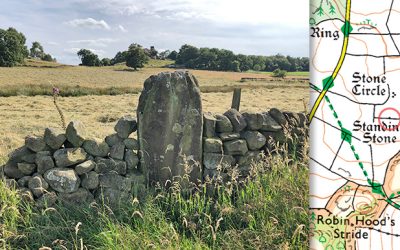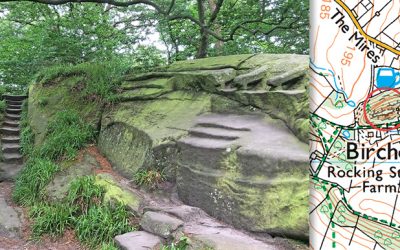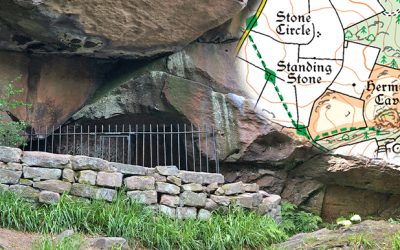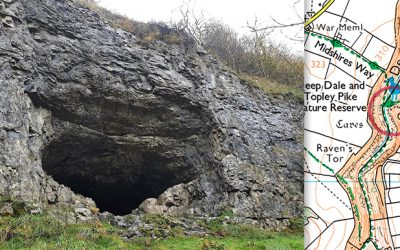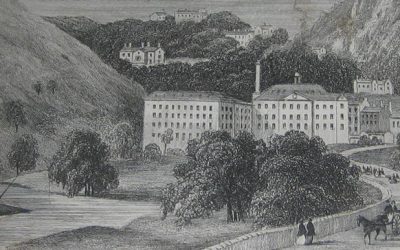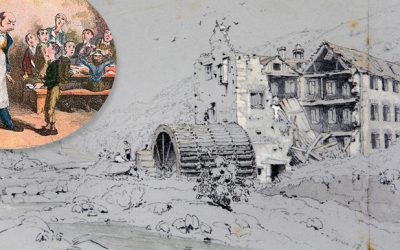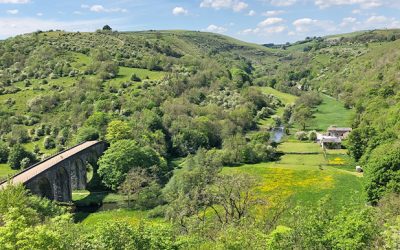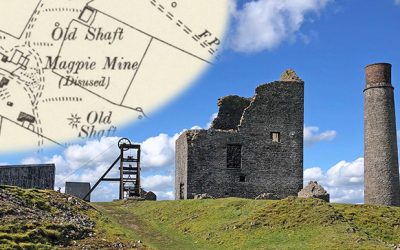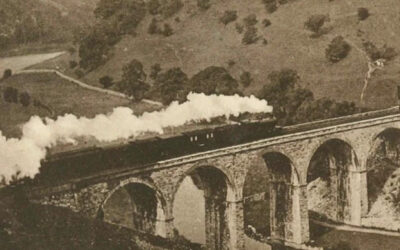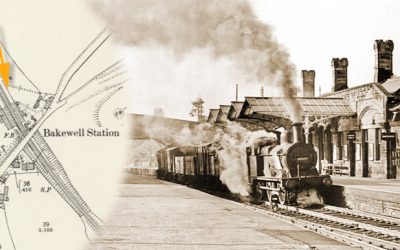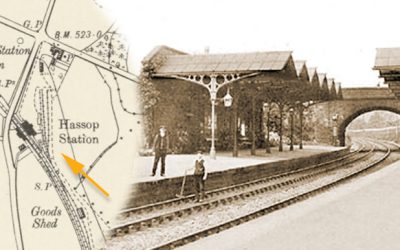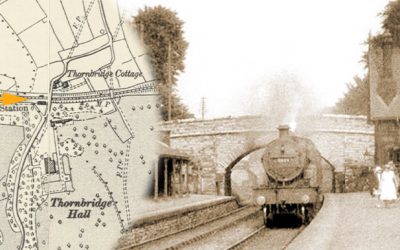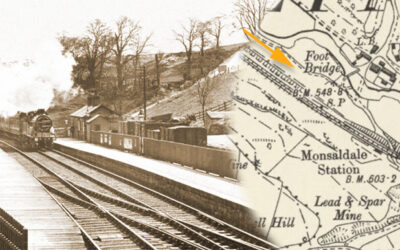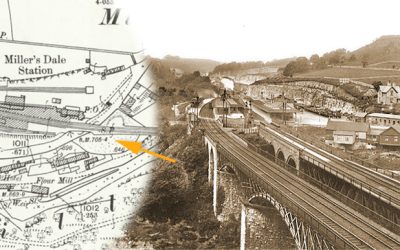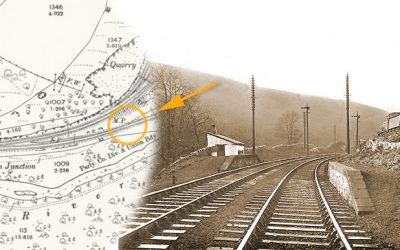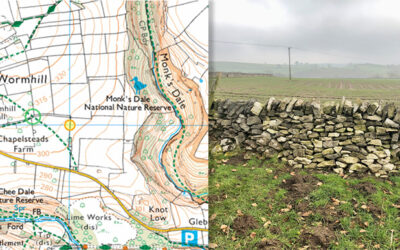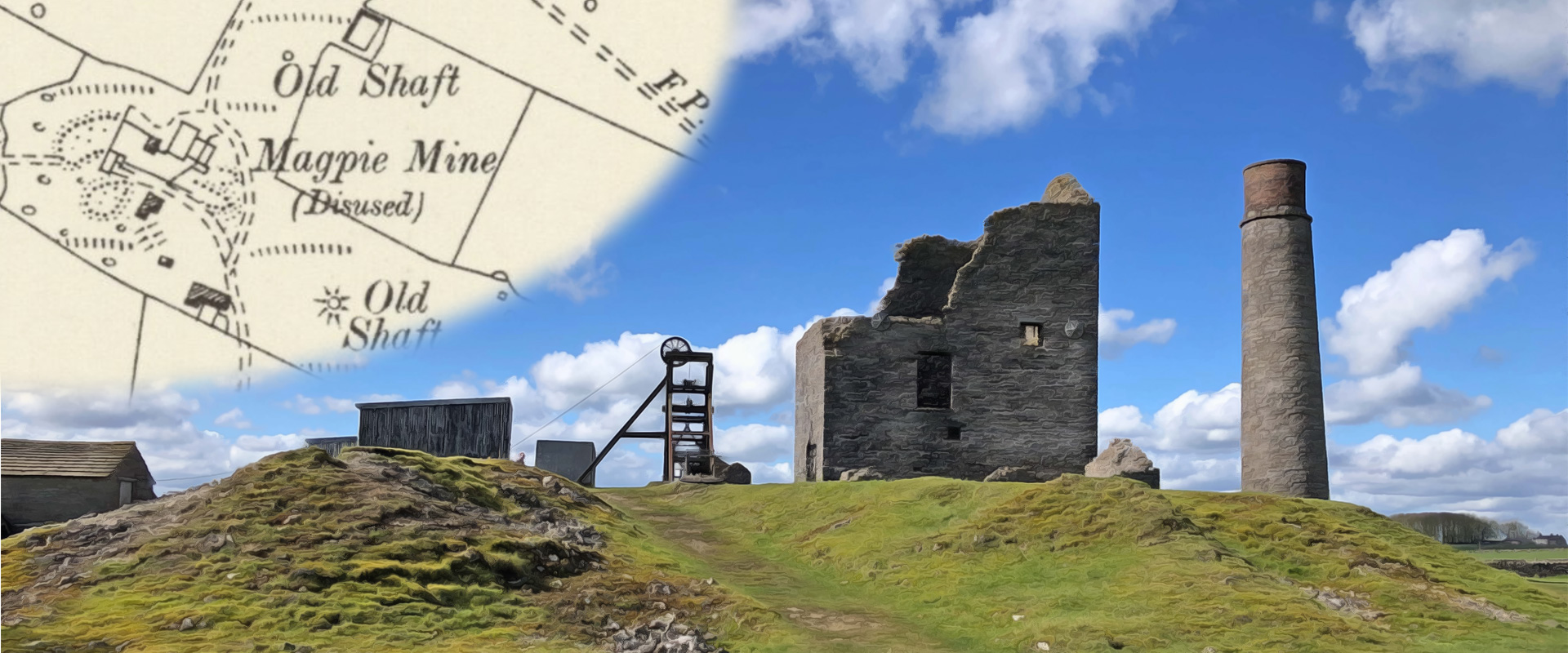
Above: Above: Magpie Mine was Derbyshire’s last working lead mine. It was also the scene of a triple murder in 1833.
Places of interest
![]() There are many historical sites within a short distance of the Monsal Trail, ranging from Bronze Age burial sites to pre-Victorian cotton mills where pauper orphans were forced to work long hours in dangerous conditions for pittance wages. And since the Trail was created as a railway linking Manchester with Derby and London, there are still many signs of its previous life to be discovered.
There are many historical sites within a short distance of the Monsal Trail, ranging from Bronze Age burial sites to pre-Victorian cotton mills where pauper orphans were forced to work long hours in dangerous conditions for pittance wages. And since the Trail was created as a railway linking Manchester with Derby and London, there are still many signs of its previous life to be discovered.
Historical sites | The railway
Grey Ladies Circle
Lying close to Robin Hood’s Stride, the Grey Ladies Stone Circle once boasted nine standing stones. Five have been removed over the millennia, but the four remaining are the tallest in Derbyshire.
Rowtor Rocks
The bizarre carvings at Rowtor Rocks – including thrones, altars, steps and prehistoric-style symbols – are the work of an eccentric Birchover Rector who also seems to have been a practicing Druid.
The Hermit’s Cave
The recently-posted 14-mile walk from Bakewell to Robin Hood’s Stride passes a medieval hermit’s cave with a crude carving of the crucifixion dated to the late 14th century.
Thirst House Cave
Thirst House Cave lies beside the path from King Sterndale across Deep Dale. It’s one of many similar caves in the White Peak’s limestone landscape where our ancient ancestors once found shelter.
Cressbrook Mill
Cressbrook Mill escaped the fearful reputation of Litton Mill. But an eight-year-old girl snatched from a Bristol workhouse wrote a searing account of how ‘Tom the Devil’ ruled with a rod of iron.
Litton Mill
Litton Mill earned a brutal reputation for the exploitation and ill treatment of pauper orphans taken by force from the streets of cities as far away as London to work long hours in dangerous conditions.
Headstone Viaduct
Victorian critic John Ruskin famously complained that Headstone Viaduct allowed “every fool in Buxton to be in Bakewell in half-an-hour”. Today we see it in a very different light.
Magpie Mine
Magpie Mine was Derbyshire’s last lead mine, finally closing in 1953. It was the site of three murders in 1833, and a widow’s curse which foretold yet more deaths and accidents to come.
Brief history
Today’s quiet and peaceful Monsal Trail once rang to the noisy sounds of steam engines running on one of the most important railway lines in the country, linking Manchester with London.
Bakewell Station
Bakewell Station played a vital part in the town’s prosperity and expansion, but it very nearly didn’t happen when the Duke of Rutland refused permission for it to pass close to Haddon Hall.
Hassop Station
Hassop Station was built to the highest standards and included a first class waiting room designed to entice the Duke of Devonshire. But it was all to no effect as he preferred Rowsley!
Great Longstone Station
Great Longstone Station was the third stop on Midland Railway’s extension from Bakewell to London and Buxton. It opened in 1863 and closed 99 years later in 1962; a victim of the Beeching cuts.
Monsal Dale Station
A stretch of platform is all that’s left of Monsal Dale Railway Station which lay on the Buxton side of Headstone Viaduct. It was the last of five stations to be built on this section of the line.
Miller’s Dale Station
Set in typically scenic Peak District countryside, Miller’s Dale Station became an unlikely but important intercity hub in the heyday of steam travel on the route between London and Manchester.
Blackwell Mill Halt
Blackwell Mill Halt was built for railway workers living in the cottages close to the start of today’s Monsal Trail. Recent plans for a light railway could mean it emerges once again from the undergrowth.
The lost stones
A recent walk along Monk’s Dale set me wondering whether medieval monks really did once live and work in this wonderfully tranquil spot, seeking to escape the cares of the world.

